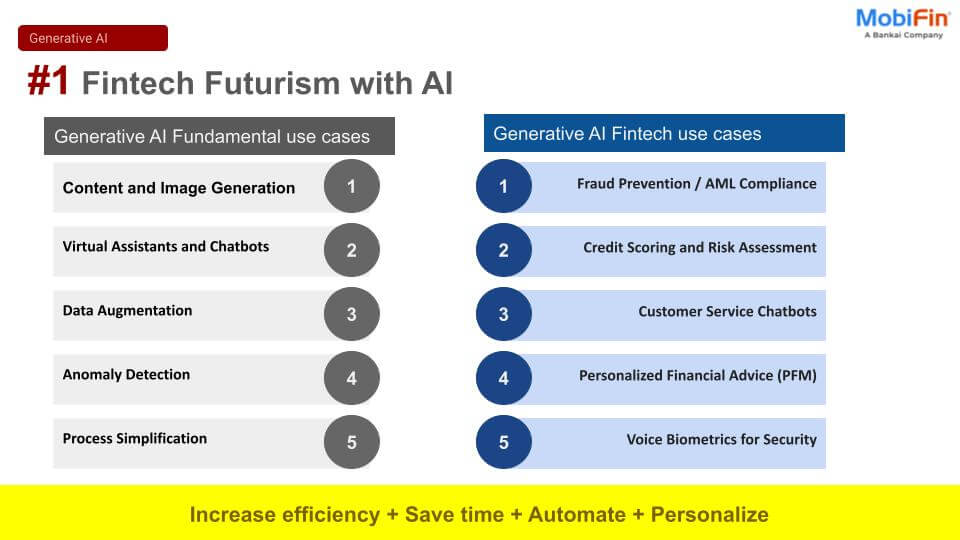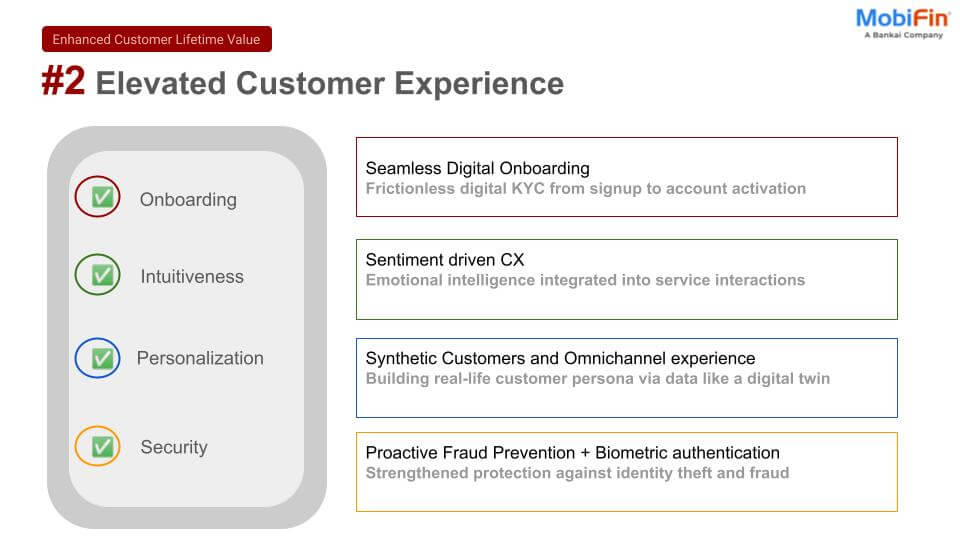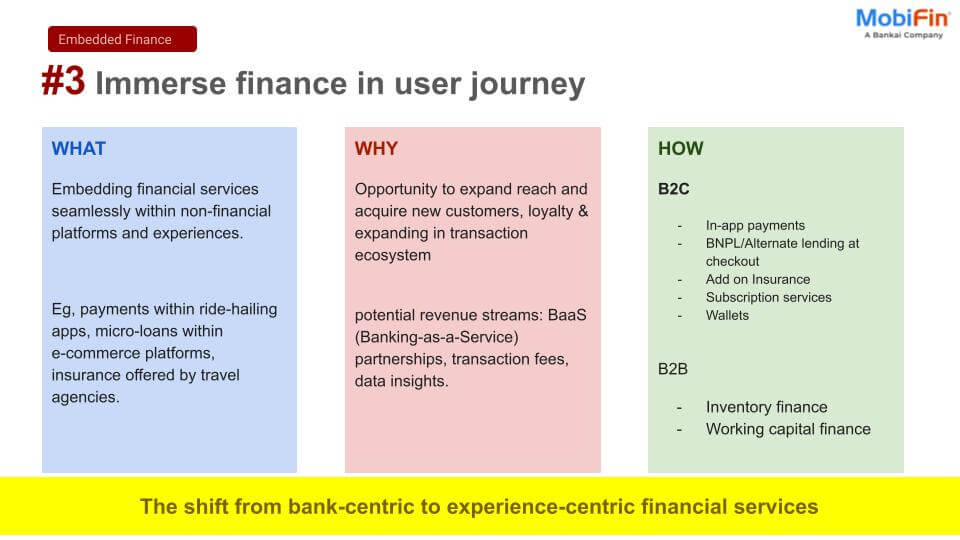Latin America’s 70% population is marginalized from financial services by commercial banks, and only 4% of rural families have access to credit through a bank. Hundreds of microfinance institutions across this region are working toward curbing financial inequality through microlending solutions. During the last 15 years, institutions associated with a single microfinance foundation have lent around $17 billion to 5 million low-income clients, creating opportunities for better lives.
Let’s understand how microfinance solutions encourage financial inclusion in Latin America.
Microfinance at a Glance
Microfinance is a banking service offered to low-income individuals or groups with no other access to financial services. Institutions involved in microfinance often provide various financial products, like microcredit solutions, micro-loans, micro-insurance, and micro-savings accounts. The ultimate goal of microfinance is to help impoverished people with opportunities to become self-employed. Here are some features of microfinance that are beneficial for low-income households and help them alleviate their income flows and keep them for future needs:
- Unlike loan sharks, microfinance does not require collateral and exorbitant interest rates.
- Micro lending solutions are easily accessible for small businesses and individuals with little or zero assets. A micro-loan is usually a small figure that is enough to engage in profitable activities or to start a business.
- Microfinance institutions have specific repayment plans during the loan tenure with smaller installments at regular intervals.
- Businesses funded through microfinance can create local job opportunities.
- Access to basic financial services reduces monetary issues for the household by allowing them to pay for essentials.
Latin America’s History of Microfinance
Years of financial instability and being prone to natural disasters were when microfinance came to Latin America. El Salvador was one of the first countries to get a village bank in 1985, followed by Mexico, Honduras, Guatemala, and Haiti in 1989. Since traditional banks did not offer service loans small enough for small farmers, these microfinance institutions allowed small communities to take out village loans, where each farmer would pay a portion. That was the birth of microloans.
These countries continuously witness financial instability due to an unstable macroeconomic environment. Many families rely on donations and local tourism, but crime and violence make life difficult. However, introducing microcredit solutions has made accessing pay-as-you-go financial services easy for the community.
4 Different Ways Microfinance Is Spurring Financial Inclusion in Latin America
Funding Low-income Borrowers
Many organizations partner with international and domestic financial institutions to support microfinance institutions. These organizations run microfinance risk participation and guarantee programs that facilitate lending in local currency.
These programs improve access to responsible finance, so low-income families can build assets and manage risks, leading to smooth consumption. It helps small businesses and agricultural livelihoods and generates jobs and income in areas where traditional banking does not help.
Financing Micro, Small, and Medium-sized Enterprises
Micro, small, and medium-sized enterprises are collectively the largest employers in Latin America. Yet, their growth is hampered by the lack of access to credit and savings services. So, access to financial assistance is much needed to operate these enterprises, which are significantly responsible for the economic growth in this region.
Microfinance allows these enterprises to invest fixed capital, grow their turnover, and employ more people. As innovations live on in the microeconomic landscape in these countries, micro-savings, micro-insurance, and different payment services help firms better manage risks and make new investments.
Delivering Access to Finance, Education, and Health for Rural Households
An increasing body of evidence indicates that when proper services are matched with the needs of rural households, financial services can lead to increased income, improved health, and education. The rural population neither have the physical collateral nor the education needed to organize the finance. Thus, microfinance institutions also include measures to improve their financial planning skills and literacy before they lend money.
Besides, small businesses in regional and secondary towns need financing sources to sustain operations, invest in technologies, and expand businesses. Here, modern microfinance management software enables microfinance institutions to customize their solutions’ workflows depending on areas that match clients’ needs. This strategy allows kids more days in school and families more frequent meals.
Helping Rebuild and Revive Post-conflict Communities
Armed conflicts and persistent economic disparities disrupt many communities in Latin America. Decades of lagging economic growth and conflicts in some countries hampered economic development and lowered income levels below the national average.
Some microfinance institutions focus on these challenging regions to rebuild their economic base. Since micro-lending solutions rely on a group borrowing model, communities in these regions get better and collective access to credit to improve their living conditions.
Building Financially Independent Future for Latin Americans
The microfinance model in Latin America has emerged through non-profit institutions focusing on the unmet demand for credit in the informal sector. Over the past decade, micro-lending solutions have grown at an impressive two-digit rate, thanks to regulatory reforms, available human capital, and technological adoption. Micro-financing solutions in Latin America are now fecund to take up financial inclusion to the next successful level with innovations in microfinance management software and automated microcredit solutions.
Microcredit Solution helps drive financial inclusion by empowering lenders to make credit available to underbanked, unbanked, and small businesses through online lending, blockchain, mobile data analytics, and more.








